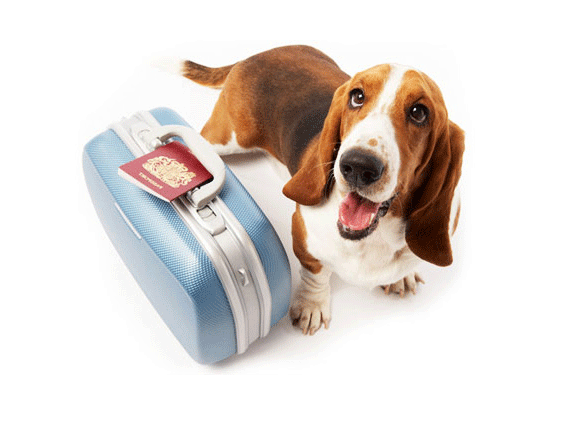Most common questions “How do I move my pet from Point A to Point B?” and “How much will this cost?”, “Why would I need to hire help with my pet’s move — can’t I do it myself?”
The adoption of harmonised rules on travelling with pets has made it easier for EU citizens and their dogs, cats or ferrets to enjoy the freedom of movement within the Union. This significant step was made possible by dramatic advances made in the fight against rabies.For movement between EU countries or from non-EU countries vaccination against rabies documented in the pet passport or the animal health certificate is the sole requirement for dogs, cats and ferrets to travel across EU borders, with certain exceptions.
EU Legislation
Regulation (EU) No 576/2013 of the European Parliament and of the Council of 12 June 2013 on the non-commercial movement of pet animals applies to the cross-border movement of pet animals into Member States. It does not apply to the movement of such animals within one Member State.
Regulation (EU) No 576/2013 establishes a list of animal species to which harmonised animal health requirements apply when animals of those species are kept as pet animals and moved for non-commercial purposes. This list takes account of their susceptibility to or role in the epidemiology of rabies.
Dogs, cats and ferrets are animals of species susceptible to rabies and are listed in Part A of Annex I to Regulation (EU) No 576/2013.
Pending the adoption of Union rules for the non-commercial movement of animals of the species listed in Part B of Annex I to Regulation (EU) No 576/2013, national rules apply.
The maximum number of pet animals (dogs, cats or ferrets) which may be moved for non-commercial purposes cannot exceed 5.
By way of derogation, the maximum number may exceed 5 only where all of the following conditions are met:
- the movement is for the purpose of participating in competitions, exhibitions or sporting events or in training for such events
- written evidence is provided that the animals are registered either to attend an event or with an organisation organising such events
- the animals are more than six months old.
Where the maximum number exceeds 5 but the conditions to derogate are not met, dogs, cats or ferrets must comply with the animal health conditions applicable to trade in or import into the Union.
More policy deitals:https://ec.europa.eu/food/animals/pet-movement/eu-legislation_en

